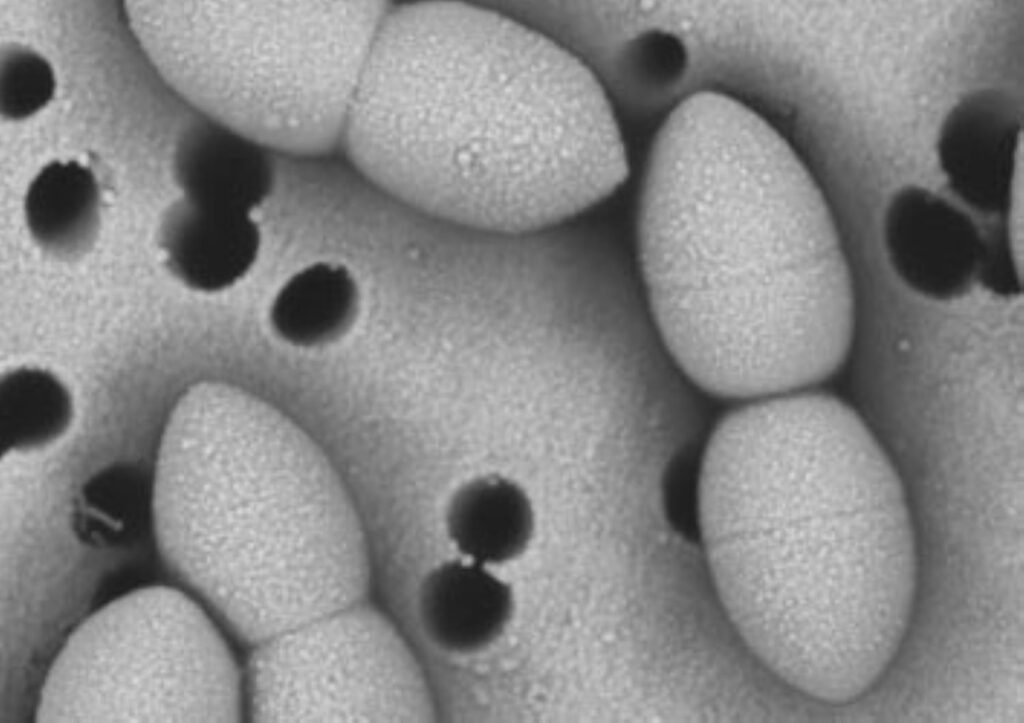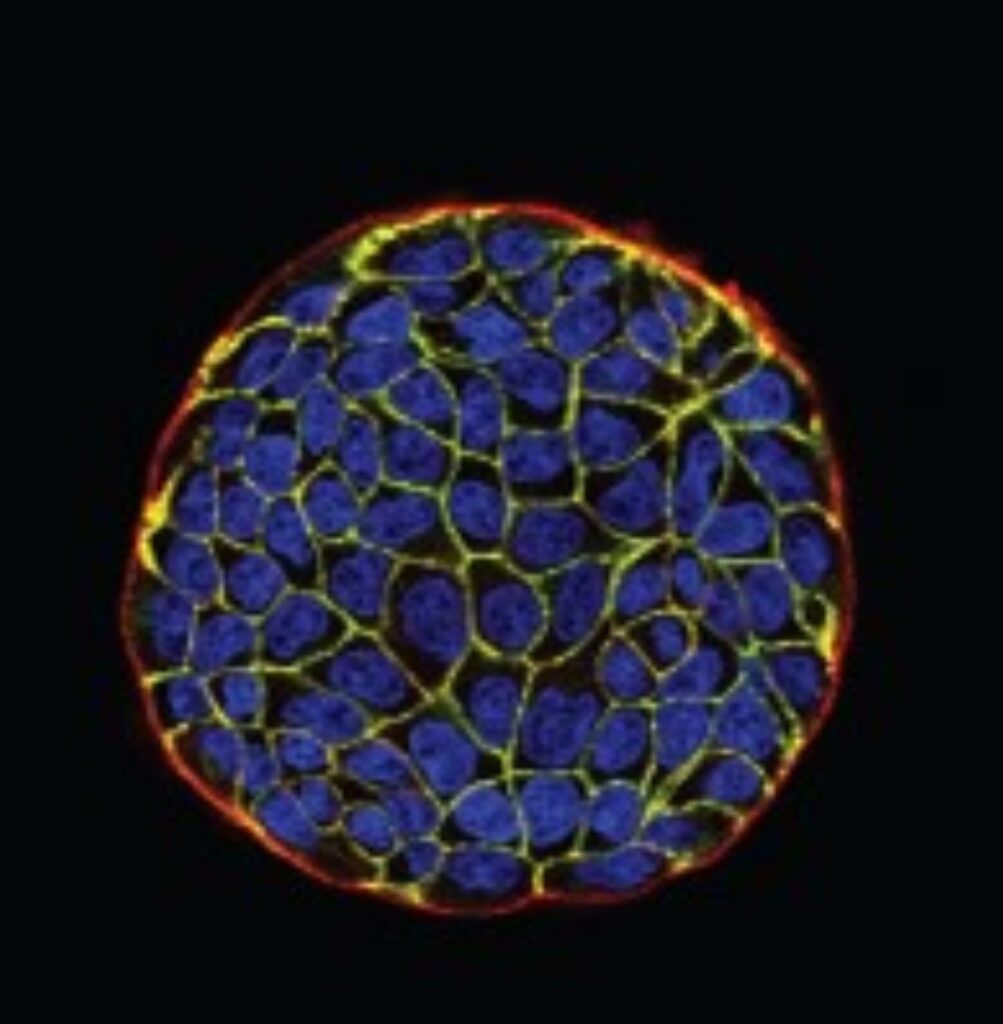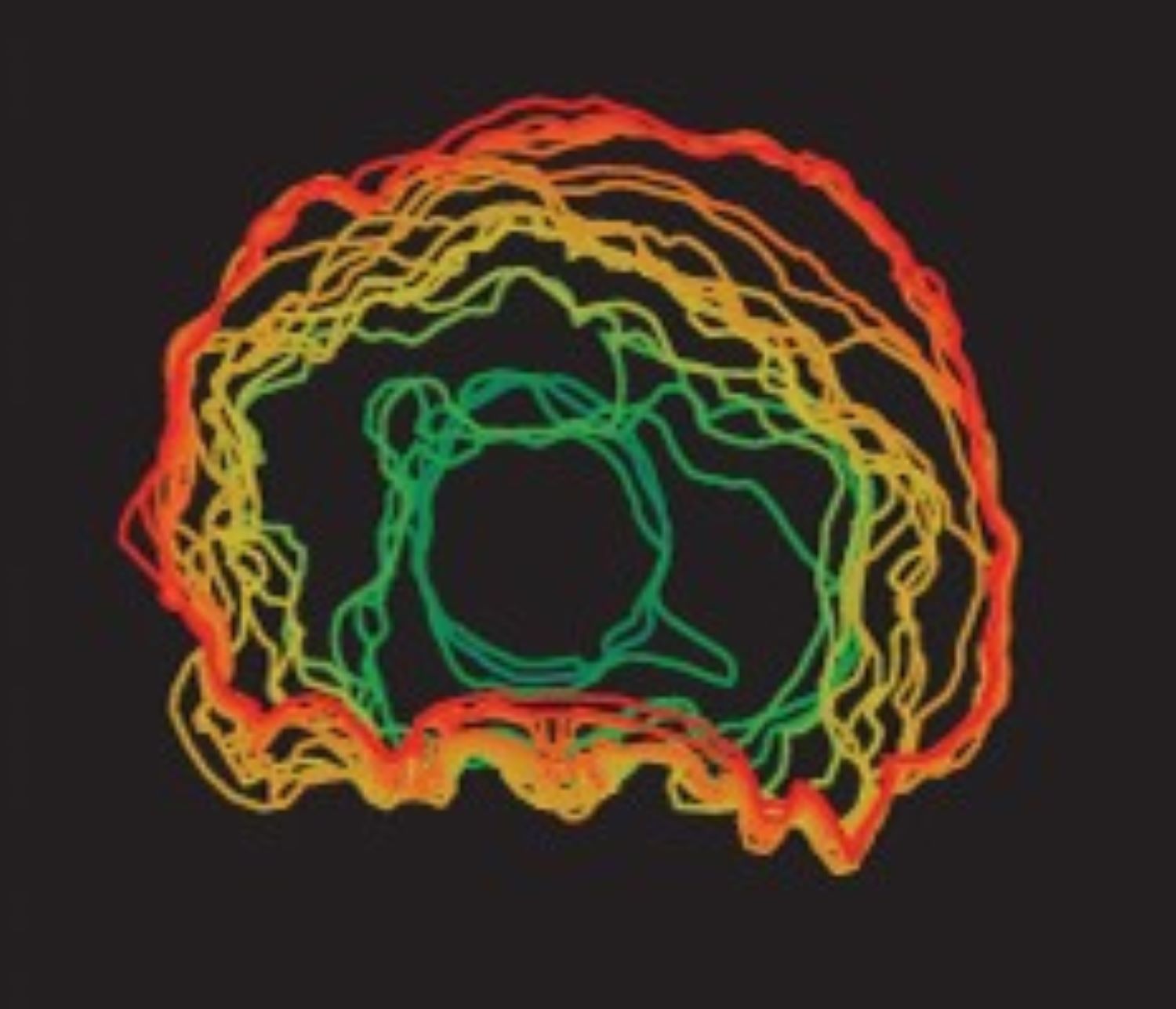P. Branny – prokaryotic working group
The research in the prokaryotic working group headed by Pavel Branny focuses on the molecular mechanisms that bacteria use for intra- and intercellular communication. Our goal is to understand how bacteria detect multiple environmental cues, and how the integration and processing of this information is implemented in the precise regulation of bacterial processes. One of the fundamental mechanisms by which bacteria process information is the reversible phosphorylation and dephosphorylation of proteins by protein kinases and protein phosphatases, respectively. In our work, we focus on the characterization of functionally poorly understood Ser/Thr protein kinases of the so-called eukaryotic type.


Streptococcus pneumoniae
The human pathogen Streptococcus pneumoniae is an excellent model for studying eukaryotic-like protein kinases in bacteria since its genome only encodes for a single Ser/Thr protein kinase StkP. Our studies demonstrated that StkP regulates cell wall synthesis, cell division, virulence, competence, stress resistance, and gene expression.
We specifically focus on the characterization of molecular mechanisms by which StkP regulates septal cell wall synthesis during cell division. The central hypothesis of our research is that StkP senses the concentration of free peptidoglycan subunits and in response modulates the activity of a group of substrates to coordinate cell division and cell wall synthesis in S. pneumoniae.
Changes in microbial activity induced by extreme diets
The main objective of our work is to gain insight into the activation, localization, and dynamics of StkP in vivo and to investigate the significance of phosphorylation of StkP substrates. We have identified several proteins phosphorylated by StkP and we are studying how their phosphorylation affects cell division and cell wall synthesis.
In a joint project with the eukaryotic group, we are analyzing whether the StkP signaling circuit plays a role in the host-pathogen interaction. We are developing a model that would allow us to study how S. pneumoniae interacts with epithelial cells and how it colonizes cells of the host organism.
